Interior design should always support the purpose of the room. In the bedroom, that means healthy sleep. But what if the latest trends keep you tossing and turning? That’s when it’s time to rethink your design choices so that you can get the full seven to nine hours of sleep you need.
1. Sheer Window Treatments
You may envision a light, airy bedroom, but all that light can get in the way of your sleep. Natural light helps the body correctly time the sleep-wake cycle. Light pollution from street lamps, headlights, or even the moon can interfere with the release of sleep hormones. Blackout curtains, heavy drapes, and/or blinds provide protection from outside light and, to an extent, sound.
You can do two layers of curtains if you still love the way sheers disperse light. That way you can you use sheers during the day and pull the second heavier layer closed at night.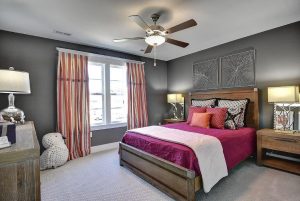
2. Bright Paint Colors and Busy Wallpaper
Color and pattern have a psychological impact that can affect your sleep too. Colors are divided into two families – warm and cool. Warm colors, so-called because they’re the colors of the sun and they make people believe the room feels warmer, like red, orange, and bright yellows invigorate and enliven in the body. Unfortunately, that’s not the effect you’re going for in the bedroom.
Cool colors, those that literally make most people feel like the room temperature is lower, like blue, green, and some neutrals can help bring your heart rate and blood pressure down. In a Travelodge survey, 58 percent of participants slept better and longer in blue rooms.There is one exception to colors in the bedroom. Light, pastel yellows can cause a feeling of happiness and contentment that helps some people sleep better. The relaxation of the body is often followed by a calming of the mind.
Watch out for busy, chaotic wallpapers. They can get in the way of the relaxation necessary for restful sleep. Simple designs in cool, pastel colors work better to calm the mind and body.
3. Rough Bedding Textures
What kind of textures can get in the way of sleep? Burlap, sequins, and fabrics weaved with metallics can feel rough against the skin and prevent the relaxation necessary for sleep. While throw pillows may be removed from the bed before you go to sleep, even the look of roughness can unconsciously influence the brain.
Natural fabrics like cotton and linen breathe well and look beautiful whether they’re found in the sheets or on throw pillows. If sophistication and luxury are part of your design, velvet and oversized knits feel soft but bring a touch of extravagance. You’ll also want to consider the texture of your curtains, rugs, and seating along with throw pillows and blankets. They, too, should look and feel inviting and comfortable to support healthy sleep.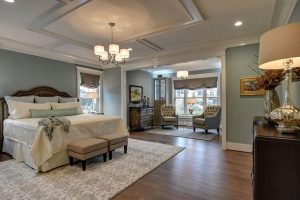
4. High-Efficiency Light Bulbs
With the development of retro-inspired Edison bulbs and similar designs, light bulbs make more of a design statement now than they ever have before. However, in the bedroom, you want to avoid high-efficiency (HE) bulbs. HE bulbs give off a bright blue light that simulates sunlight and can suppress the release of sleep hormones. Stick to traditional incandescent bulbs, which emit a red light.
All aspects of the bedroom should support good sleep from the curtains to the lighting. With healthy sleep as your goal, you’ll be able to narrow your design choices to those that look beautiful, appeal to you, and create the home oasis you need for better sleep.

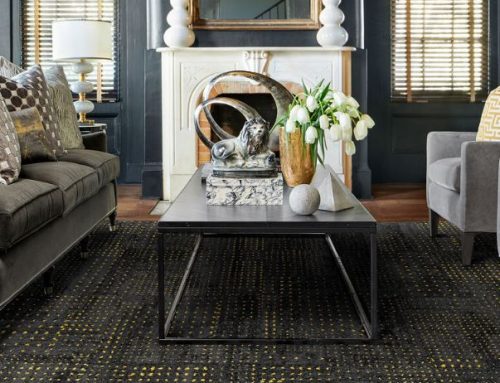
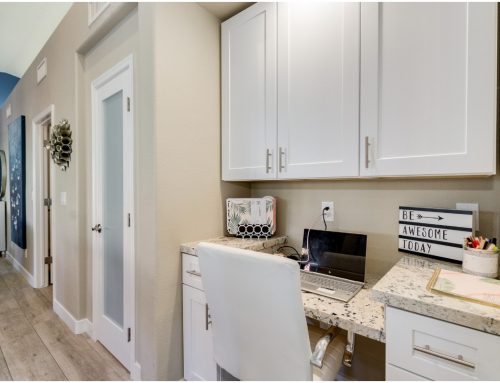
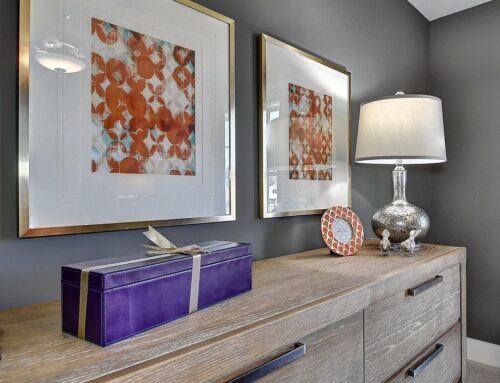


Leave A Comment